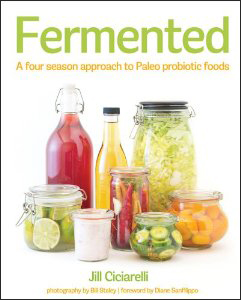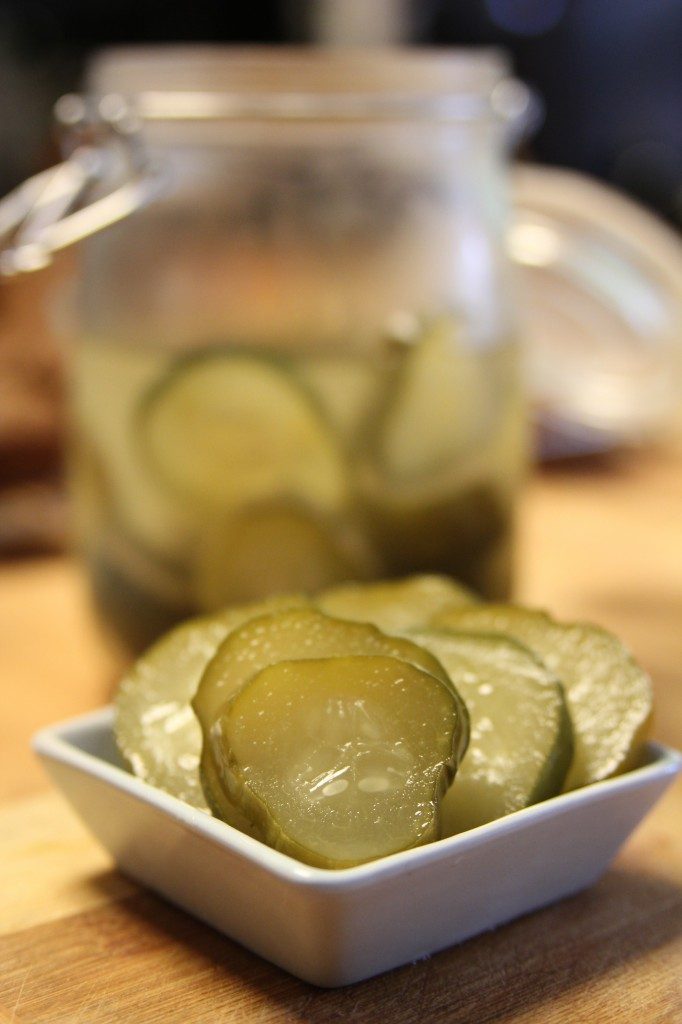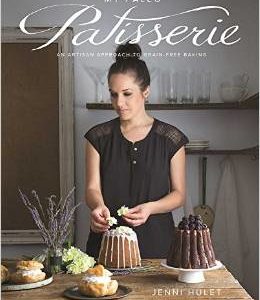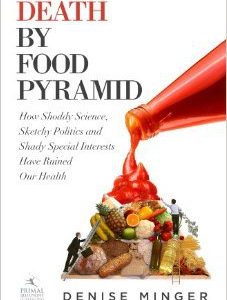 2013 has raised the bar on Paleo cookbooks. And more than a notch too. It feels like every new book that arrives at my door is filled with tantalizing recipes, gorgeous photos, and spectacular design. Fermented by Jill Ciciarelli of First Comes Health is no exception.
2013 has raised the bar on Paleo cookbooks. And more than a notch too. It feels like every new book that arrives at my door is filled with tantalizing recipes, gorgeous photos, and spectacular design. Fermented by Jill Ciciarelli of First Comes Health is no exception.
It should come as no surprise that I am passionate about the inclusion of probiotic-rich foods in our diets (for example, see these two excerpts from my book about probiotics supplements and the benefits of probiotics; plus I also have my own recipes for kombucha and kefir “yogurt”). What might come as a surprise though is that I am still generally intimidated by home fermentation. I do make my own sauerkraut, but I’m not very adventurous when it comes to seasonings or exactly what extra vegetables I throw in the mix (actually, I’ve never added seasonings, and the most complicated I’ve ever gotten is the addition of beets and carrots). I tried fermented beets/kvass once and they rotted and made the house smell horrible for days. I do grow my own kombucha but my milk kefir grains are lying dormant in the fridge (more because my family just didn’t go through as much kefir as those little suckers produced!). I guess I’m trying to say I’m a novice. I enjoy good fermented food but dislike most of the store-bought ferments I’ve purchased. So, I’m trying to ferment my own, but I definitely have a narrow comfort zone. And, I want to learn more because I’m passionate about these kinds of foods. So basically, Fermented is about the best book ever for someone like me.
The book starts with the history of fermentation. Then, it walks you through how to begin fermenting at home, how to pick ingredients, what equipment you’ll need, where to store your ferments (both while they are fermenting and after they’re done), where to buy starters if you aren’t wild fermenting, and walks you through sanitation (how much is too little and how much is too much).
The book then gives detailed instructions on 16 basic ferments (like sauerkraut, vinegar, kvass, kombucha, pickles and kefir… even salami!). Not only are these 16 recipes enough to get you started but it’s probably all you need to know to even get adventurous and have a relatively high probability of success that your experiments will work out. But that’s actually only half the book! The last half contains dozens of recipes for specific ferments, variations, and dishes highlighting fermented ingredients–all with a four seasons approach. Love it!
Save 80% Off the Foundations of Health
Expand your health knowledge on a wide range of topics relevant to you, from how to evaluate scientific studies, to therapeutic diet and lifestyle, to leaky gut and gut microbiome health, to sustainable weight loss, and much more!!!

The book is also loaded with tips, variations, what to look for, what not to worry about and answers just about any question that is likely to pop up as you tackle this challenging yet so traditional and simple (yes, challenging and simple at the same time!), and health-promoting method of preserving food.
 I’ve been wanting to try fermenting my own pickles for a while. My grandfather used to ferment his own pickles and I vaguely remember liking them. But, when I bought store-bought fermented pickles, they were vile and we ended up composting the entire jar. So, I’ve been nervous. Well, Fermented gave me the courage to try.
I’ve been wanting to try fermenting my own pickles for a while. My grandfather used to ferment his own pickles and I vaguely remember liking them. But, when I bought store-bought fermented pickles, they were vile and we ended up composting the entire jar. So, I’ve been nervous. Well, Fermented gave me the courage to try.
The first weekend I saw pickling cucumbers at my local Farmer’s Market, I grabbed six (which was actually one more than I needed for a jar). And away I went. It was actually really simple, probably 10 minutes worth of work between dissolving salt into water, peeling garlic, and slicing cukes. Because I sliced my cucumbers, they were delicious after 5 days (if you left them whole, they would take 10). And I enjoyed them so much that I have actually already started a new batch.
I have about twenty post-it notes bookmarking various pages in Fermented, all recipes I can’t wait to try. And because the simplest version of so many ferments use no seasoning, the majority of the recipes in this book are autoimmune protocol-friendly (or can be made so with small modifications).
Oh, and I should also mention that the book is absolutely beautifully photographed. I would expect nothing else from the immensely talented Bill Staley of Primal Palate, but given that it’s a book full of things fermenting in glass jars, it’s not one you would immediately expect to be so beautiful. The whole book has a crisp and clean aesthetic and yet still manages to feel homey, like my Great Great Uncle Alec’s root cellar (of which I have very fond memories including my first introduction to pickled beets!).
Something about this book makes me feel tied to my family–to my great great uncle and to my grandfather who first introduced me to fermented foods (which I then forgot about for twenty years, shame on me!). And it gives me the confidence to ferment more often and more variety. This is a great book for beginners and also somewhat experienced yet still novice fermenters like me. In fact, I am now eagerly waiting the cool weather crops at my Farmer’s Markets for beets to make kvass, carrots for pickled carrots, and apples for fermented apple chutney!









